Lumia 920 and 820 Launch Party: New York
It’s been a long time since I’ve written anything, much less written anything for public consumption but I felt like last week’s events needed a bit of first person perspective.
Last Wednesday evening, (New York time of course), Nokia held a launch party/general access and admissions event for their newly announced Lumia series devices. Held in what is probably best described as a 5 storey art gallery, the ambiance of the event was quite frankly top notch. Getting to and eventually into the event was a rather trouble free experience and provided a quite telling surprise, there was actually a line to get in! Sure, Windows Phone has been growing steadily in popularity over the past few months, undoubtedly exacerbated by the first round of Nokia hardware, but to see a line for a Nokia and Microsoft joint event about mobiles was rather interesting to say the least.
Walking out of the elevators into the main room was a busy showfloor with close to 30 Nokia employees showing off the latest and greatest features of the new devices and some of the accessories that will be available when the 920 and 820 officially launch sometime in “Q4” of this year. I pressed multiple employees for a more specific timepoint, including Microsoft employees concerning the full rollout of Windows Phone 8 and got naff, though from all indications, it’s less a matter of software readiness and more of carrier support, developer support and avoiding a failed launch (whether this is such a launch remains to be seen).
The partners that Nokia mentioned during the morning’s keynote, “The Coffee Been & Tea Leaf” and “Virgin Atlantic”  both were well represented with their own large swathes of the gallery and an abundance of wireless chargers of both styles and many colours. More impressive to me was Coffee Bean and Tea Leaf’s integration of the charging stations into their table surfaces, with the only indication being a pattern of landing lights on the table. If more widespread adoption of wireless charging is to occur, partnerships like this are going to be an absolute necessity. Of course, much hinges on the success of Nokia and Microsoft, but that’s a conversation for another day.
The Hardware:
On first glimpse, you’d be forgiven for thinking the 920 was a Lumia 900 given the reuse of the polycarbonate unibody design that has become so iconic and so Nokia. That said, upon closer inspection, the modifications make become much, much more pronounced. Many complained when Apple reused the iPhone 4’s design with the more recent 4S Â and rightfully so, nobody wants their brand new devices to look exactly like the old devices, as a result Nokia may come in for rather harsh criticism on that front even if there are obvious differences to the observant eye. In any case, let’s start with the dimensions.
On paper the 920 comes in at 2.5mm longer, 1.3mm wider and just a hair’s breadth under 1mm thinner than it’s predecessor. What does all that mean? Quite frankly, nothing. Even with the addition of a larger screen and all manner of gizmos under the hood, the 920 looks and feels virtually identical in terms of footprint to the 900.
Note the use of the word virtually, as the modifications made to the screen curvature, mildly altered body shape and the movement of the capacitive buttons all went together well to improve the ergonomics and weighting of the device. I’m sure I’m not alone in having the experience of nearly dropping my device altogether  because of hardware keys being much too close to the bottom of the device in order to accomodate much larger screens. As a result I believe that the placing of the keys on the Lumia 920 is for the best, bezel-haters be damned. The rest of the device shows similar precedence of function over “perceived aesthetics”, with the back of the device curving even more noticeably than before, thus adding to the thickness of the device while fitting the hand even more than it’s visual “size” would lend itself to.
There have been a number of complaints about the changes from a matte finish to a glossy finish on the Lumia 920 and I’ll be happy to allay those right now. On the Yellow and Red devices, anything other than a glossy finish would be less than pleasing on the eye and in any case, the black and grey variants have been spared. Sadly there was not even a whiff of cyan among the Nokia or Microsoft employees. That said, don’t be surprised if you happen to  see a Surface and Cyan Lumia 920 bundle in time for Christmas.
The display is the second most noticeable change on the device. The 4.5 inch 1280×768 pixel IPS display really does live up to the hype, even when not in motion. Sharp, vivid are quite honestly not enough to describe my impressions of the display. As I’m currently running a Galaxy Nexus next to my Lumia 900 I can quite honestly say that the Lumia 920’s display is a fair distance above the competition and even more so above the Lumia 900’s which while only 800×480 pixels, was not as bad as it’s resolution would suggest. Did I mention that it’s qualifies as a “retina display” in Apple parlance? Â All jokes aside though, it was much better in person than I’d imagined and it works just as well without gloves, something I’ll invariably appreciate come winter.
With my previous excursions in Windows Phone (and Android) I’ve found that while AMOLED screens are absolutely gorgeous to look at, their power consumption rates, even when attempting to stick to predominantly dark backgrounds, text, themes and the like the devices are still susceptible to massive battery drain when browsing the web or watching videos. Though, it’s hard to blame the manufacturers for the design of the web and applications, it’s saddened me that combining the deep blacks and contrast of OLED’s with the longevity of LCD’s was a pipe dream until very recently. The HTC One X bucked that trend in brilliant style and it seems that the majority of  component manufacturers have finally figured out how to build wonderful and power efficient devices en masse.  This newest generation of SLCD and IPS displays is testament to that, and as a result,  the Lumia 920 receives a healthy bump up in display quality. Does this at all mean it will be best in class? That depends on too many factors to matter, at least nobody will be able to tell you that it’s anything less than brilliant.
 Software
To say that Microsoft and Nokia are being paranoid about Windows Phone features leaking out or any non-NDA-ed personnel using the devices is quite frankly the understatement of the century. There’s worse security and less lock-down in a prison! Apart from what the two companies have shown both in June and now, there’s barely a whiff of anything and that’s with an SDK (preview version) that’s already been seeded to the AAA developers and OEM’s best able to put the best apps on the marketplace. That said, the software, Windows Phone 8 has a number of both minor and major changes to the UI and underlying OS.
For starters, Nokia Maps is now ubiquitous within the OS, allowing for a less disjointed and “cobbled together” feeling mapping solution. In actual use, it seemed, at least from my experience, a lot snappier than the version present on the Lumia 900 and just as functional, and likely will be a tad more so with time in large part aided by the updated hardware. The tiles are the most obvious change to the look and feel of the OS and it must be said a welcome and long-overdue addition to the platform. In person, they’re much more attractive than the many images online would lead you to believe and I can only hope that developers have been given even more access to live tiles and underlying API’s to further improve the experience.
Lenses was the other major aspect of the OS demo-ed for me and I must say it exemplifies everything that Windows Phone does right. Why should I have to open separate apps for Instagram, Pinterest and many other photo and photo-sharing apps in order to take a photo on the fly and upload it seamlessly? Lenses is a way of plugging apps directly into the viewfinder such that at the touch of an on-screen button (or two), pictures can be taken and immediately linked to and/or uploaded using these separate apps. In the demo it worked quite fluidly and left me quite impressed. Cinemascape, the Lenses “lens” created by Nokia, also dubbed “the GIF-maker” was also on show and demonstrated a small hint of the magic to continue coming out of Nokia in the imaging department now that they’ve completed their acquisition of Scalado.
Pureview??
We’ve seen the hullabaloo concerning faked images and video, we’ve also seen vindication and proof positive that it is and will be better than the majority of the competition (still waiting on the verdict on the iPhone 5) but does it live up to the Pureview moniker so painfully established by the 808 Pureview. In a single word, yes. I, like most, was skeptical that images like that could be produced by anything short of a DSLR and so did a few others, including Apple at their recent release of the iPhone 5. So you can imagine the look of utter shock on my face when OIS was demoed both on stills and video with nary a blip and image quality so far above the competition that I asked for a second demo (and a third). The first time, I thought it was a fake, the second time my mouth fell open and upon the third demo, it more or less hit the floor and stayed there. It’s good, so good in fact that I’m still trying to wrap my head around how Nokia have managed to eke that much out of that little 1/3.2″ sensor. My pitiful attempts at besting the 920 are posted below.
The technology and whitepaper have been fleshed out in far too many places to warrant me going it over again but I’ll say this, Xenon flash wouldn’t have worked well. Xenon flash has the wonderful ability to seemingly freeze time in place when taking pictures. Alas, that’s a function of the behaviour of the sensor in conjunction with the flash that allows this. A well timed burst of the Xenon flash allows the device to use a very fast shutter time while still allowing the sensor to capture enough light to make something of a decent image. This fast shutter speed is what “freezes time” as it’s colloquially known. Unfortunately, Xenon flashes fit into mobile phones are very much limited for power and moreso at even worse off at range. What this means, is that unless the subject is very close, or the flash very powerful, objects far away are going to be just as impossible to see as they were without a flash. This is where OIS becomes so important. To take better images, at range, with lower levels of light, the sensor needs to stay open for longer thus exposing the image to the possibility of blur. Counteracting this blur allows for more light, more light = bright pictures. On the Lumia 920 it works well and I can’t wait to see how much it shows up the competition come launch.
Major positives:
The demo staff were knowledgeable, enthusiastic and very well spoken, able to answer as many questions as I could throw at them and even more willing to show me the cool things the devices could, of which there were many, in spite of the draconian limitations on the software that could be shown.
Cool integration of technologies that have been spread far and wide but never yet shoved all into the same device
Great hardware and hints at very good software to back it up.
Major sour points:
No launch date. Even one as distant as November would be enough to put people off getting a new phone if they knew when to expect it. Sure there have been many rumours, though none corroborated by Nokia, but I can see and understand why there have been delays. The software not being ready yet are just a part of the entire story (more on that in another piece).
No SDK release to majority of developers. From the horses mouth and indeed many other sources, we know that certain privileged developers have had access to the SDK for a number of weeks, possibly months, but the vast majority of developers haven’t yet had access to the SDK to allow them the generate the applications the platform needs to have in order to prise away the users of Android and iOS devices. That said, today’s news shows a degree of promise on that front.
Will it be enough?
Time will tell, but I’m a bit more than cautiously optimistic that this wave may be enough to drag Nokia out of the doldrums like a bat out of hell and give both Apple and Samsung a real run for their money. Do I think it’s their last chance? No, but it’s getting damn tight.
Don’t screw this up Nokia. Gallery at the end.
-
Family Portrait
- Family Portrait
Category: Nokia


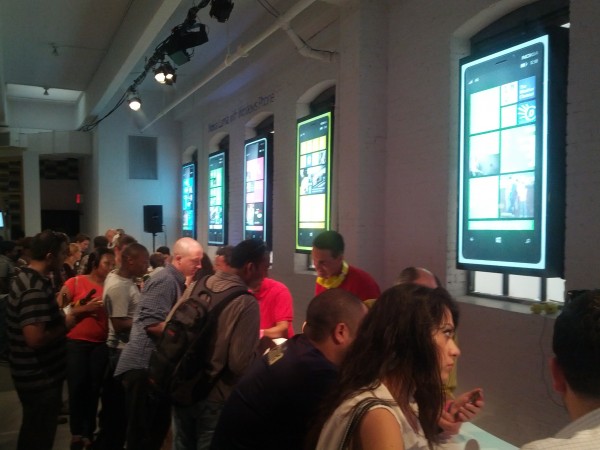

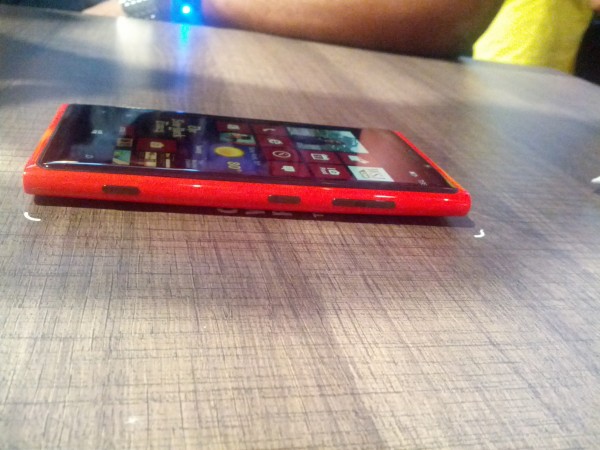

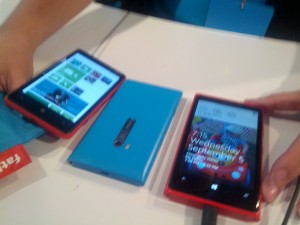



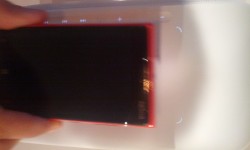



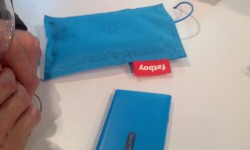
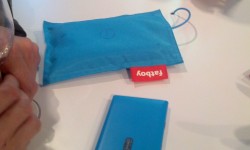
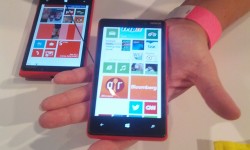
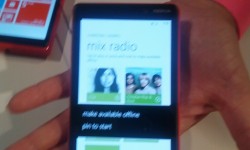
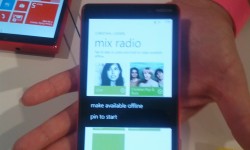
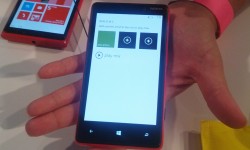
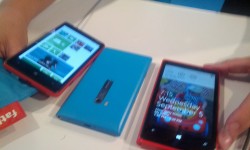
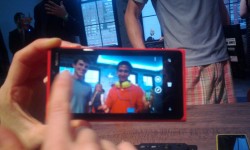
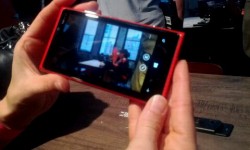
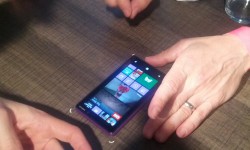
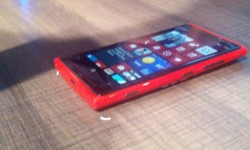
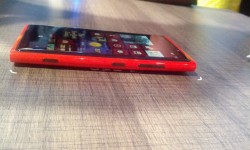



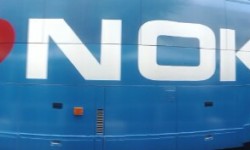



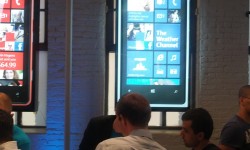
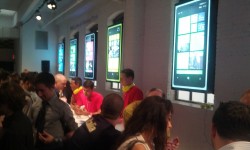
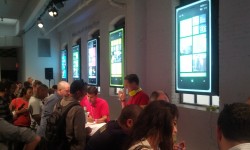
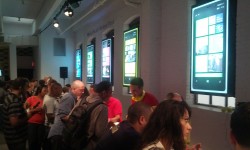
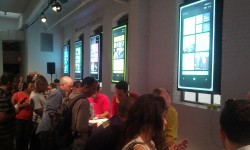


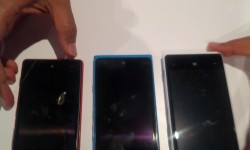


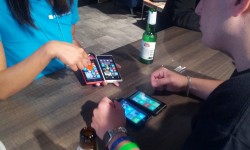
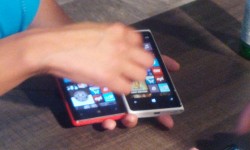

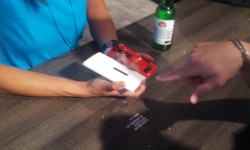

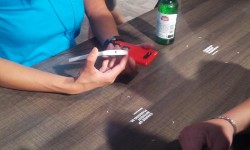
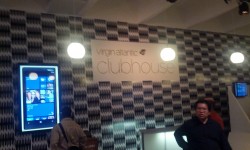

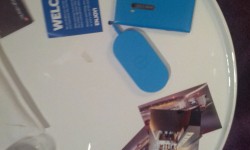
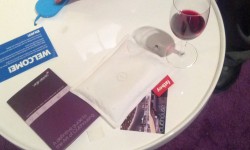
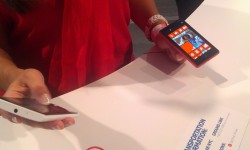
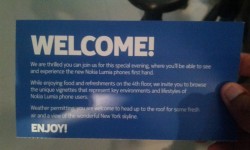
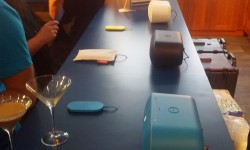
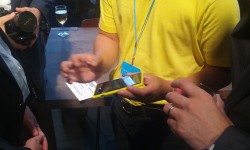





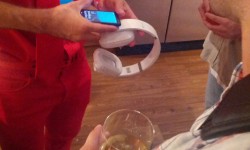
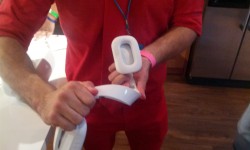

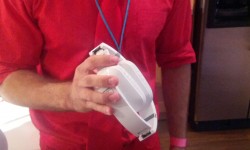
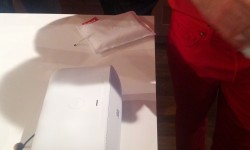

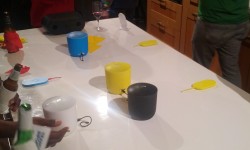




Connect
Connect with us on the following social media platforms.